Imagine this: A picturesque home adorned with a vibrant, lush, green lawn, cherished by family and pets alike. However, this idyllic image often masks the significant effort required to maintain such a pristine landscape. Summer heat can scorch the grass, winter renders it dormant, and unpredictable weather brings muddy patches and constant upkeep. This demanding routine is not only time-consuming and energy-intensive but also carries a substantial financial burden.
Homeowners often bear the sole responsibility for the considerable costs associated with nurturing a natural lawn. This article delves into the realities of maintaining a traditional lawn, exploring the related expenses and presenting compelling alternatives, not only the feasibility but also the advantages of seeking an artificial grass installer. But first, let’s examine the estimated costs of maintaining a natural, homegrown lawn.
Average Annual Expenditure on Lawn/Garden Supplies Per US Consumer (2007-2022)
According to Statista, US consumers’ average annual expense on lawn/garden supplies between 2007 and 2022 is substantial and growing. Consider the following fast facts:
Fast forward to 2020, 2021, and 2022. During these hyperinflationary times, the average annual figures were $155.07, $125.04, and $127.92, respectively. There has been a significant spike in expenses, mainly when these costs are extrapolated over a year, several years, or a lifetime. At the zenith in 2020 ($155.07), the annual cost of lawn/garden supplies translated into $1,860 annually.
While the above figures are undoubtedly troubling, they say nothing about the cost of lawn maintenance (cutting, weed whacking, fertilizing, watering, etc.).
Average Annual Expenditure on Cutting/Maintaining Your Lawn in the US
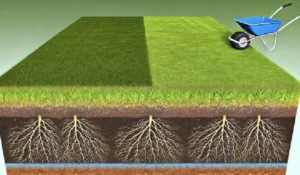
Brace yourself for the following statistic – it will make you cringe. Did you know the average cost of mowing your lawn once in 2024 is $77? This pertains to an average-sized suburban lawn. Of course, if you have a smaller lawn, the cost averages $36; for a bigger one, the cost averages $105. Professional lawn mowing services range in price based on your location. However, don’t expect to get away with paying less than the average figures cited above. Lawn care companies make an absolute killing with their services, given that it is backbreaking work in the unforgiving heat of the summer.
Mowing the lawn is essential since it stimulates the growth of grass. It’s also important insofar as it inhibits weeds from growing. On the high end of the spectrum, you can expect to pay up to $278 to mow your lawn, but that’s an outlier price. Usually, the average cost per lawn for landscaping experts ranges between $32 – $68 per hour. That’s a small fortune for somebody on a shoestring budget. It also raises the possibility of alternative options. Nobody wants to be without a lawn, but the prohibitive costs of maintaining an organic lawn can prove unsettling. For these and other reasons, people are increasingly turning to artificial turf.
Professionally installed synthetic grass comes with a once-off cost, lasting for years and years. And once that upfront payment has been made, the upkeep is negligible, if at all. But, the same cannot be said of traditional lawns. The table below indicates the lawn size, square footage, and estimated cost range per session for cutting, trimming, and sprucing up your lawn.
| Lawn Size | Square Footage | Estimated Cost Range |
|---|---|---|
| Small Lawn (1/8 acre) | 5,445 sq. ft. | $30 – $49 |
| Medium Lawn (1/4 acre) | 10,890 sq. ft. | $42 – $68 |
| Large Lawn (1/2 acre) | 21,780 sq. ft. | $56 – $90 |
| Extra Large Lawn (1 acre) | 43,560 sq. ft. | $104 – $152 |
Many important factors influence the cost of cutting your lawn, maintaining its beauty, and evergreen nature. Consider the local labor cost, the grass’s height, the type of grass in your yard, and the ease of access. The more difficult it is to maintain, the greater the maintenance cost. There is a clear growth and root development pattern during the year for both cool-season and warm-season grass. As expected, cool-season grass grows deeper roots in spring and fall, with minimal roots and coverage in winter and summer. By contrast, warm-season grass has minimal root and shoot growth during winter and has maximum root and shoot growth during spring, summer, and early fall.
Homeowners can cut costs, not grass, with innovative solutions like professional artificial grass installation. In the long term, this solution provides myriad benefits to homeowners, and it’s financially sensible, eco-friendly, and hassle-free.

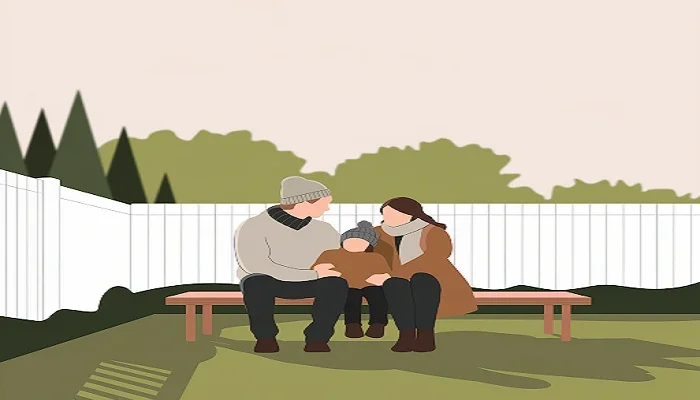
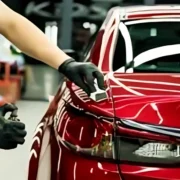
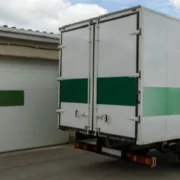

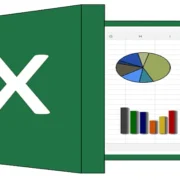
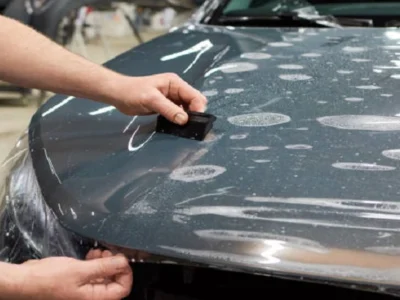
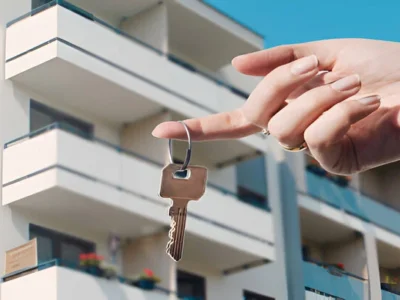

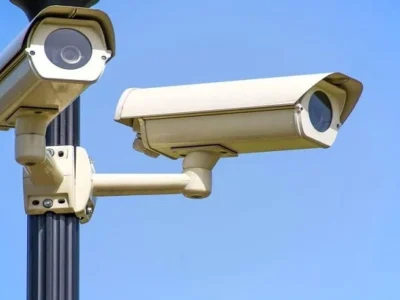




Comments